Haworthia Truncata japenese Hybrid succulent
₹999.00
Out of stock
Email when stock available
Haworthia Truncata japenese Origin and Habitat: South Africa (Western Cape: Little Karoo) South of Calitzdorp.
Habitat: It is endemic to a very small habitat within the western borders of Haworthia truncata distribution area. It grows in the shade of bushes and occasionally in open areas. It grow underground with only the apex of the leaves rising above the soil surface so that the plants are difficult to find. This is an excellent protection against herbivores . This very singular plant has contractile roots that will pull the plant into the ground during times of drought, leaving only the windowed tops exposed. It often grows together with Haworthia truncata f. crassa giving rise to intermediate forms between these two species.
Haworthia Truncata japenese Description: It is very variable species with unusual flat-topped stubby leaves windowed on upper margin. Similar to Haworthia truncata it is very wanted in cultivation and has a large potential for hybridizing.
Rosettes: Stemless, medium sized, usually solitary or very slowly proliferous (depending on the clone) with leaves spirally arranged
Leaves: Round in cross section more or less erect, up to 2,5 cm long, abruptly truncated and flattened forming an irregular, circular, scabrous leaf-tip about 1-1,5 cm in diameter which can be translucent, opaque or variously veined; margins variously crispate or undulate. In its natural habitat the leaves are borne more or less flush with the ground level, or even sunken below ground level in time of drought. In cultivation it stays above the soil. The leaf size and thickness, of the end-areas will vary greatly from clone to clone.
Fenestrate leaves: This plant is a choice example of the window-leaf ( fenestrate leaf) adaptation found in many Haworthias, Mesembreanthemums and Peperomias, the translucent ‘glassy’ windowed apices allow light into the internal plant body rich in chlorophyll-bearing layers of cells, thereby providing a much larger assimilation area. The windows greatly increase the photosynthesizing area by allowing light into the centres of leaves and at the same time avoiding water loss.
Remarks: This species has been the subject of passionate work of breeding and selection by the Japanese, and a number of wonderful cultivars with white lacy patterns on green-grey windowed tips have been developed and propagated, and some specimens have a very unique leaf shape.
Blooming season: Spring to summer.
Be the first to review “Haworthia Truncata japenese Hybrid succulent” Cancel reply
You must be logged in to post a review.


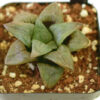

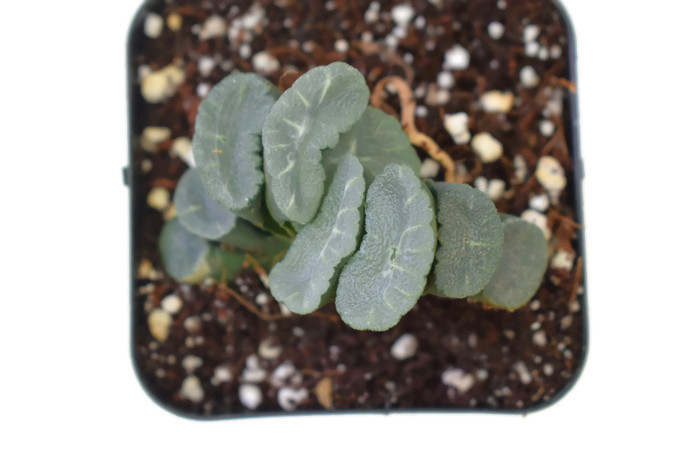
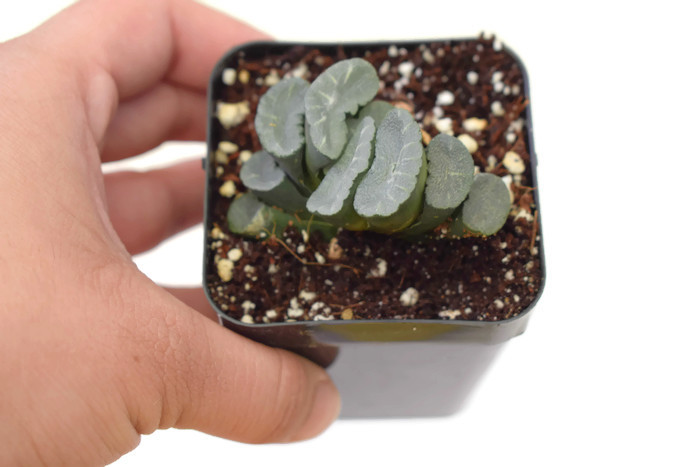
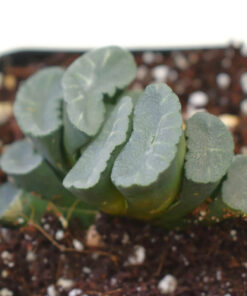



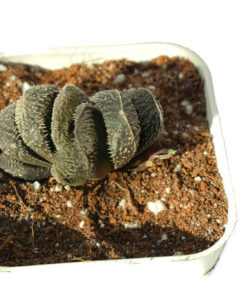

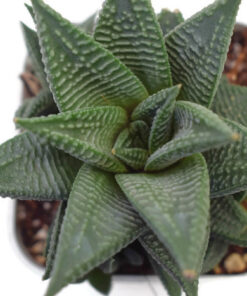


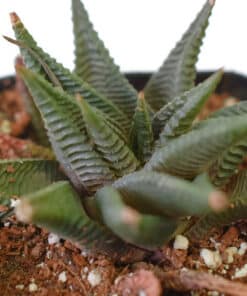



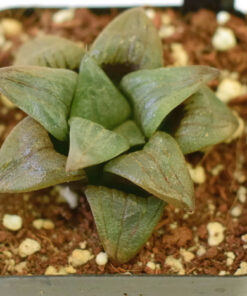
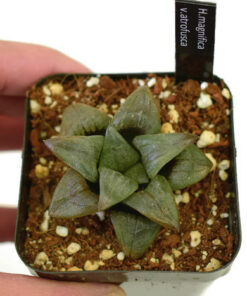
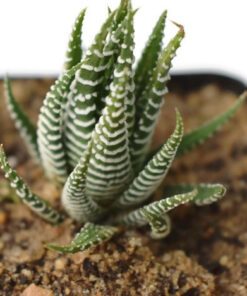
Reviews
There are no reviews yet.